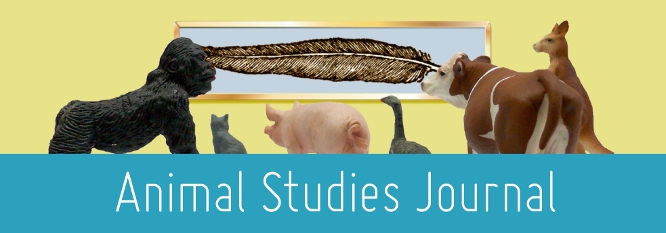Home > assh > ASJ > Vol. 6 (2017) > No. 1

Abstract
Public interest in and concern for the welfare of farm animals is increasing. This has been reflected in changes by food retailers and others whereby products are sourced from suppliers which keep animals in improved conditions. Examples include bans on eggs from hens kept in battery cages, or on pork from pregnant sows kept in sow stalls. Those who use farm animals for profit have sought to resist consumer and public pressure for change, arguing that people’s views are based more on emotion than science. This paper presents a review of the way in which those responsible for developing farm animal welfare legislation in Australia use science to arrive at their recommendations. The evidence indicates that where science is used it is misused, either by being selected to suit the cause of industry or by being interpreted likewise. The paper uses sow stalls, time off feed for bobby calves, mulesing in sheep and caustic paste disbudding in cattle as examples. The analysis shows that the development process relies on questionable science, selectively refers to studies which support the industry stance and misstates the actual scientific position. It is clear that the current Australian legislation development system is inadequate, and results in laws which are not based on a proper evaluation of the science. It should be replaced by an independent body which can objectively assess the relevant science.
Recommended Citation
Caulfield, Malcolm, The Australian Animal Use Industry Rejects Anthropomorphism, But Relies on Questionable Science to Block Animal Welfare Improvements, Animal Studies Journal, 6(1), 2017, 155-174.Available at:https://ro.uow.edu.au/asj/vol6/iss1/9
Included in
Art and Design Commons, Australian Studies Commons, Creative Writing Commons, Digital Humanities Commons, Education Commons, Feminist, Gender, and Sexuality Studies Commons, Film and Media Studies Commons, Fine Arts Commons, Philosophy Commons, Social and Behavioral Sciences Commons, Theatre and Performance Studies Commons

